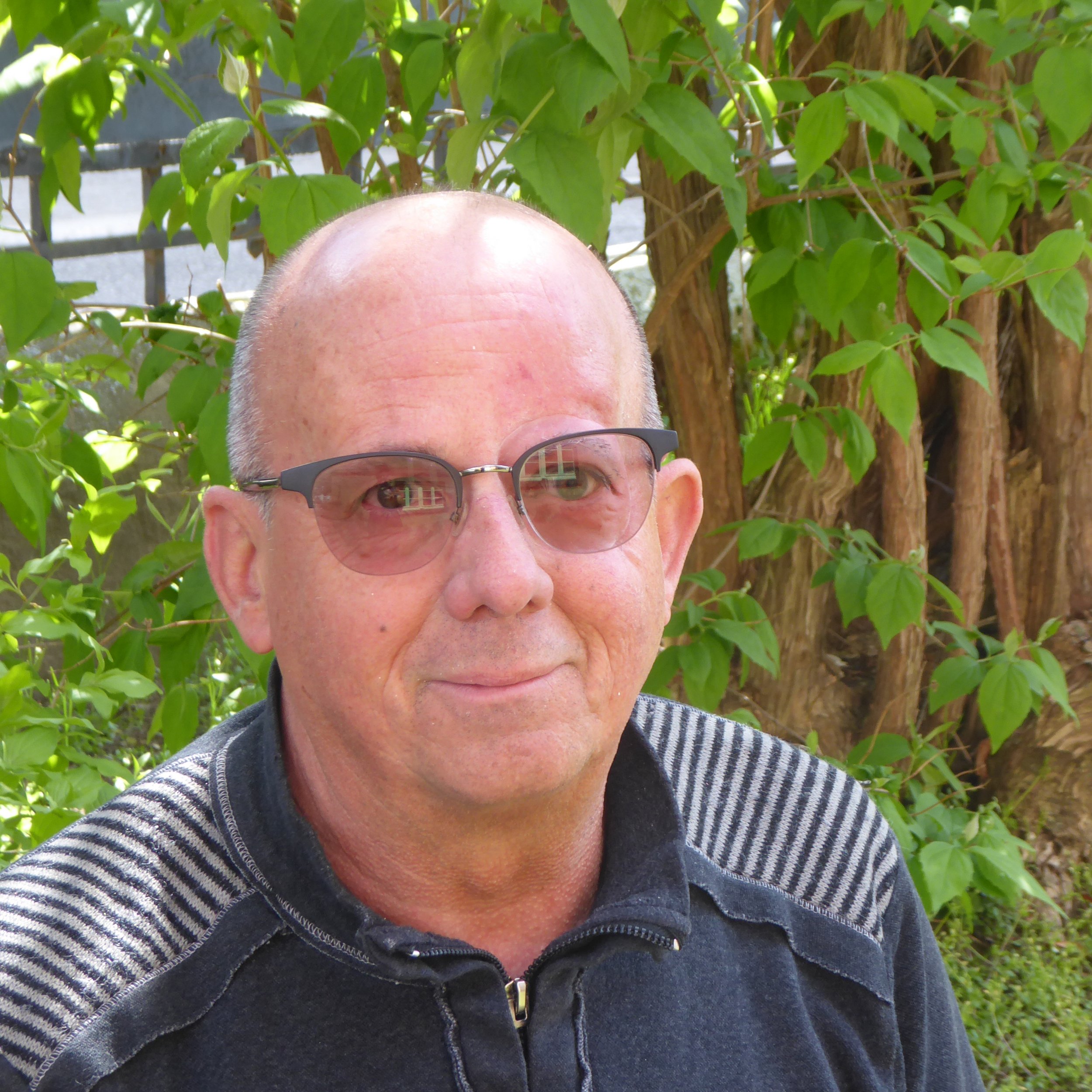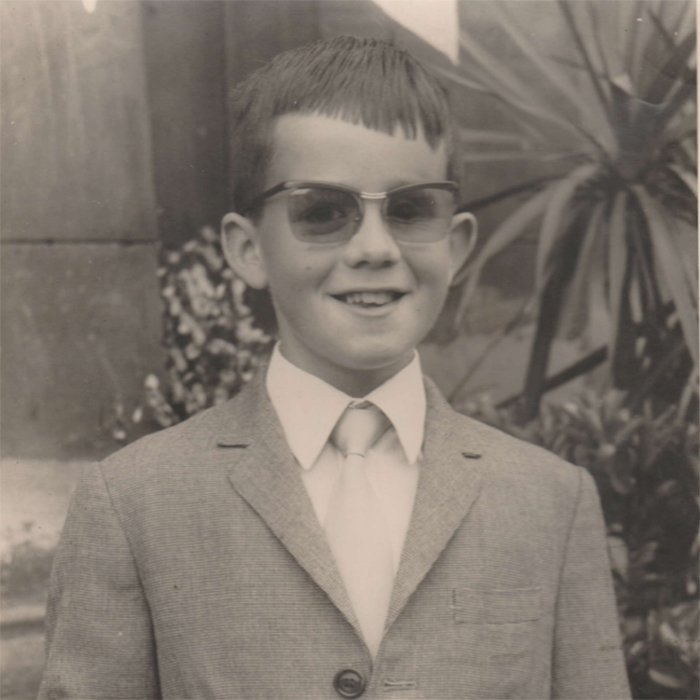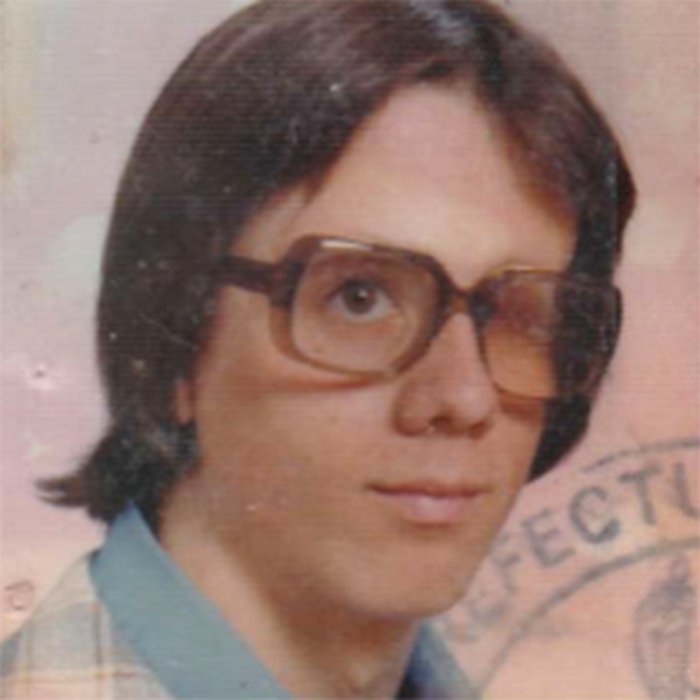Daniel
Left orbital prosthesis, attached using magnets since 1987
“I was 3 years old when they discovered I had cancer - a retinoblastoma. The eye had to be removed and radiotherapy treatment followed. I was closely monitored, and it was only 5 years later that I was considered to be better.
My childhood was normal, I was fitted out with a glass prosthesis in Germany, which was made to measure in the small cavity formed by the eyelids. It was a bit obvious. When I became a teenager I wanted to stop people staring at me.
So I started to wear dark glasses to hide the difference between my eyes. At the age of 21, I underwent reconstructive surgery to enlarge the orbital cavity, which had remained smaller than on the other side. I had bone grafts taken from my hip. They tried to make the eyelids hold better but the prosthesis was increasingly more wobbly because of the radiotherapy.
Mr Förster, the German ocularist, introduced me to Gillian Duncan, an American anaplastologist who lived in Germany. She made me my first ocular prosthesis fixed on with adhesive in 1982. I felt normal and comfortable and my face was well balanced. I even had more girlfriends than my mates. I tried not to let my complexes show.
In 1987, I read an article in the newspaper and discovered that Anne-Marie Riedinger had just set up in Strasbourg and it was she who made the next prostheses which were still fixed on using adhesive.
Because of the radiotherapy, my left hand side was less sensitive and I could not feel if the prosthesis became unstuck and so I was frightened that it would fall off - especially when I was a bit sweaty in the summer.
Anne-Marie Riedinger often spoke to me about implants but I refused to consider this option because I had already had so many operations - even if I was always frightened that my prosthesis would become unstuck. And yet in 2002, following an allergic reaction to the adhesive, I decided to have the implants fitted in Strasbourg by Dr Patrick Hémar. So there I was with my new prosthesis attached by magnets, and my life changed completely. I no longer had to worry about the prosthesis coming off in the swimming pool, nor when I got sweaty at work. It fits into position on its own without a mirror - it’s just so easy. I realise now that the adhesive was a bother. My prosthesis has never fallen off and I live a perfectly normal life with it. I take it off at night so that my skin can breathe and the cavity remain clean. I can do more at work, I can do all my activities and gardening just like everyone else.
One thing has changed – Anne-Marie Riedinger advised me to swap my dark glasses for ordinary ones. I thought that you would see the prosthesis less with dark glasses. But in fact, it is quite the contrary. After all, it’s a bit weird to be wearing sunglasses in the middle of winter! With my normal glasses, I draw less attention to myself. Everyone compliments the excellent work of the specialist. I have often given the contact details of my anaplastologist. I was a member of the German Association TULPE (https://tulpe.org), which helps patients adapt to life with their facial prosthesis. When I arrived at the annual conference, they asked me why I had come because my epithesis was so discreet. I met lady there who also wore an orbital epithesis, but the work done on it just wasn’t the same quality. It didn’t reflect the colour of her skin.
I have been wearing my prosthesis for 35 years now and I feel I’ve always lived with it. I lead a normal life just like everyone else. I have been married for 20 years now.”




